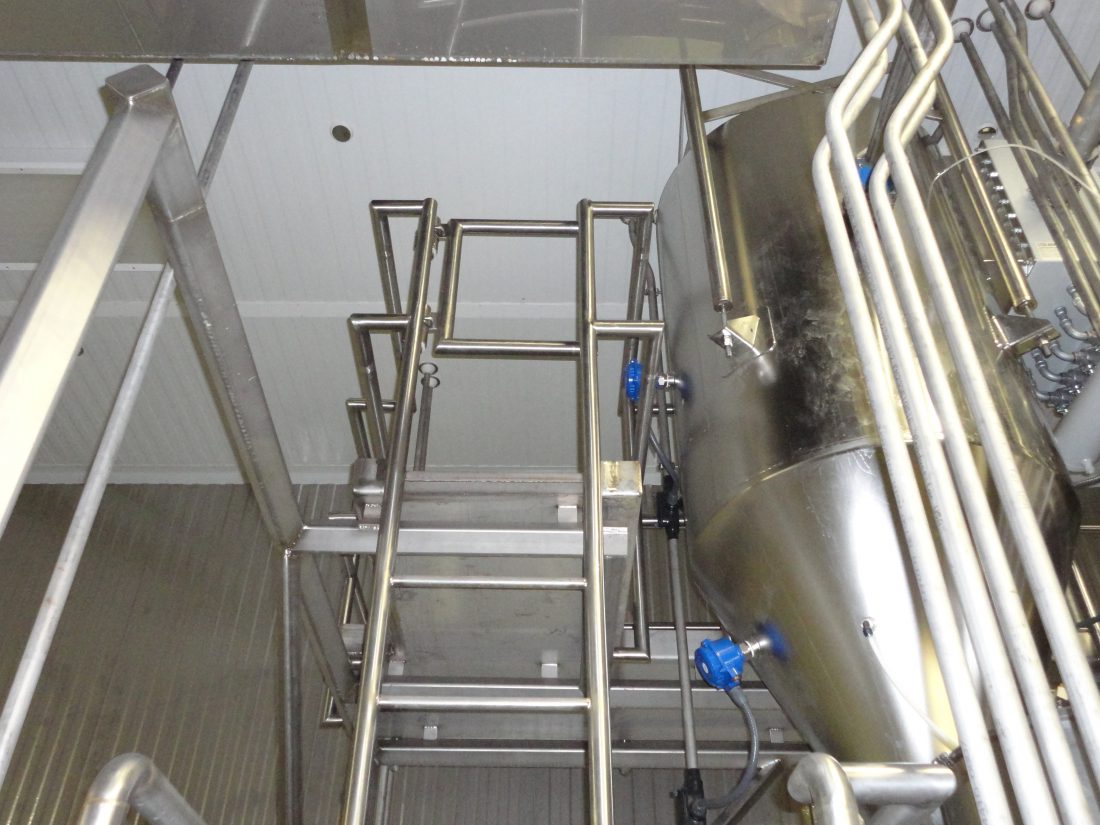While designing a new food processing production line or adding to a line, there are a number of factors to consider when outlining equipment specifications, including product run rates, packaging format, temperature and many others. Plant managers often turn to different vendors to provide different components, but it is essential to have standardized equipment to improve efficiency, production, sanitation and aesthetics.
Inappropriate or incompatible equipment can mean loss of production time and loss of income. Whether you’re adding a single piece of equipment or designing a full production line from scratch, detailed, standard requirements should be communicated among the entire team participating in the design process.
For example, a few key issues that need to be addressed in developing an equipment specification list for vendors include:
- Location and environmental factors including seismic concerns, humidity, and elevation
- Product and room temperatures
- Product SKUs, production rates and packaging size requirements
- Sanitation practices and caustics used
- Electrical, control and communication requirements including HMI configurations and screen appearances
Sanitary construction of equipment is a critical factor that designers and vendors have to follow for all washdown and production areas of a facility. For example, equipment designs need to avoid flat surfaces or metal-to-metal contact that will not drain properly during a sanitation wash down. Equipment must not have drilled holes or penetrations in tubing or pipes. This will eliminate the possibility of sanitation water entering the tube or pipe cavity and creating a home for bacterial growth.
Equipment specifications will address any pre-determined performance criteria and regulatory issues required. A Factory Acceptance Test (FAT), witnessed by the client, will prove production rates, product quality, and that all OSHA requirements for safety are met.
This list is by no means exhaustive. Tagging, palletizing and clearance issues are just a few more points that must be addressed as well.
Equipment specifications are an excellent means of controlling construction and client expectations for project requirements. This documentation will reference all codes and regulations needed for equipment design and food safety.



